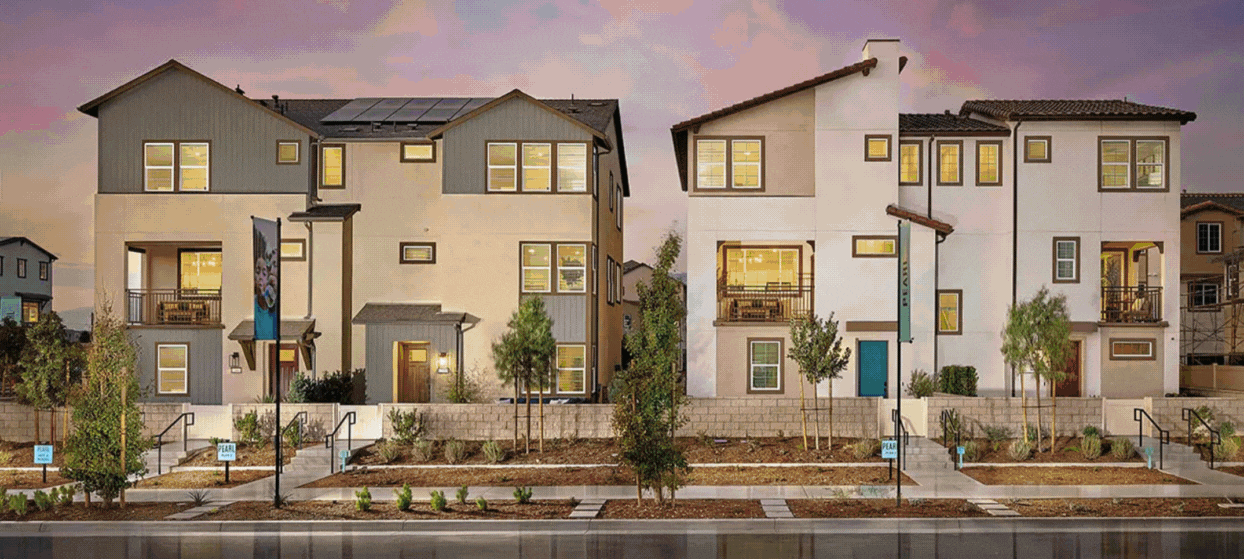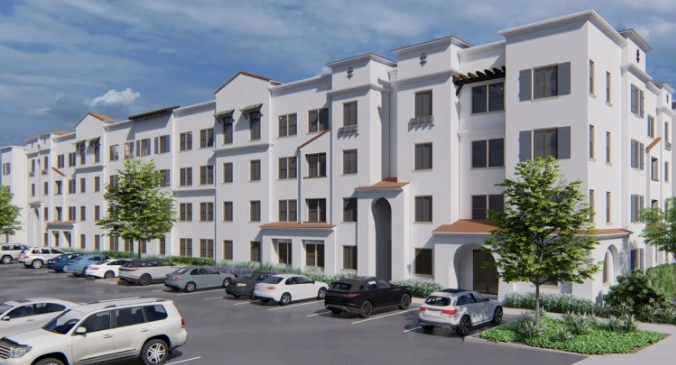The ups and downs of the Real Estate Industry for 2013
By Greg Vogel Builder and Developer magazine November/December 2013
Real estate is a cyclical industry, and we are just at the beginning of a new and exciting cycle. While there are always similarities between each, the reality is that no two cycles are exactly the same, and it is my belief that this one will also possess some unique characteristics. The key will be in identifying and understanding these elements early so as to best capitalize on them as the cycle unfolds.
Single-family starts in most markets across the US have been underwhelming in 2013, there is an extremely strong case to believe there will be a significant surge in activity in the years ahead. This will be driven by the pent-up demand caused by the past few years of a poor economy (and the associated co-housing), historically low interest rates available to first-time buyers, and most significantly, the undebatable 2-2.5 million person growth in the US population each year.
Homebuilders are quick to acknowledge these factors and are eager to capitalize on an improving market. This includes not only those homebuilders who have ‘weathered the storm’ of the past few years, but also those builders who exited the market and a host of new entrants. Each of these groups are anxious to gain market share, and the best way this is going to happen is through the traditional route of making sound, strategic purchase decisions in the best possible locations.
Rapidly rising land prices, however, are making this increasingly difficult. Homebuilding as an industry is unique in the massive amount of capital expenditures required to maintain and grow market share. Currently, Builder expenditures for land are approximately 20 percent-40 percent of top line revenue (20 percent to maintain a reasonable “stay in business” inventory, and 40 percent if the goal is aggressive growth). Even more challenging is the fact that these expenditures could rise even more due to limited land supply, increased builder competition and the associated rising land prices.
Unfortunately for builders, land pricing in the “A” and “B” submarkets across the US has run ahead of itself. Land and lot prices in many of these areas have increased to the point where significant inflation and absorption assumptions are required to make the numbers work. So far, those have been generally safe assumptions, but the bigger problem comes with the Builder’s replacement of their 2010-2011 lot basis with 2013-14 prices at 1.5 to 2 times the previous levels. While an unavoidable cost of doing business from the Builder perspective, the consumer struggles with the acceptance and affordability of this step up.
In order to manage this constraint of affordability, the logical next phase of the cycle will be to provide higher densities in the “A” areas and to migrate to the “C” areas for first-time buyers. This is a viable option as the remaining finished lots from the past several years are affordable enough to deliver to the first time buyer, but now more than ever, Builders must be both strategic and nimble to capitalize on these opportunities.
Across the board, though, Builders are bullish about their growth plans, with most anticipating a doubling of their individual production over the next 3 years. This success will lead to many more industry developments, not the least of which will be the formation of hundreds of new builders. For context, in the mid 2000’s there were over 400 active builders in Arizona; currently there are less than 50.
We will see new companies formed, existing companies expanding into new markets, an increase in Homebuilder mergers and acquisitions, lot banking vehicles will be created and traditional lenders will re-engage. Interestingly, these will all serve to facilitate the creation of additional demand for land and lots. Although not demand in the traditional sense of being driven by the end consumer, this demand will be equally real but will be based upon collective (Homebuilder) goals for growth and market share.
While these and other elements will ultimately define this new real estate cycle, we also believe that many other truisms will determine each Builder’s success. Getting land and lots in the right place at the right time is everything, and those who make the correct decisions first will be rewarded by market share and superior markets. It will be interesting to see who wins the race, who is left behind, and how this cycle unfolds.
Greg Vogel is the CEO of Land Advisors Organization. For more information on Land Advisors Organization go to landadvisors.com.
Related resources
Explore news
Explore what’s possible with your land
Whether you’re buying, selling, or planning ahead—our team is here to help you navigate your next land decision with confidence.
Contact us
Land Advisors Organization Land Ad
Land Advisors Organization Land Ad
Land Advisors Organization Land Ad
Land Advisors Organization Land Ad
Land Advisors Organization Land Ad
Land Advisors Organization Land Ad



